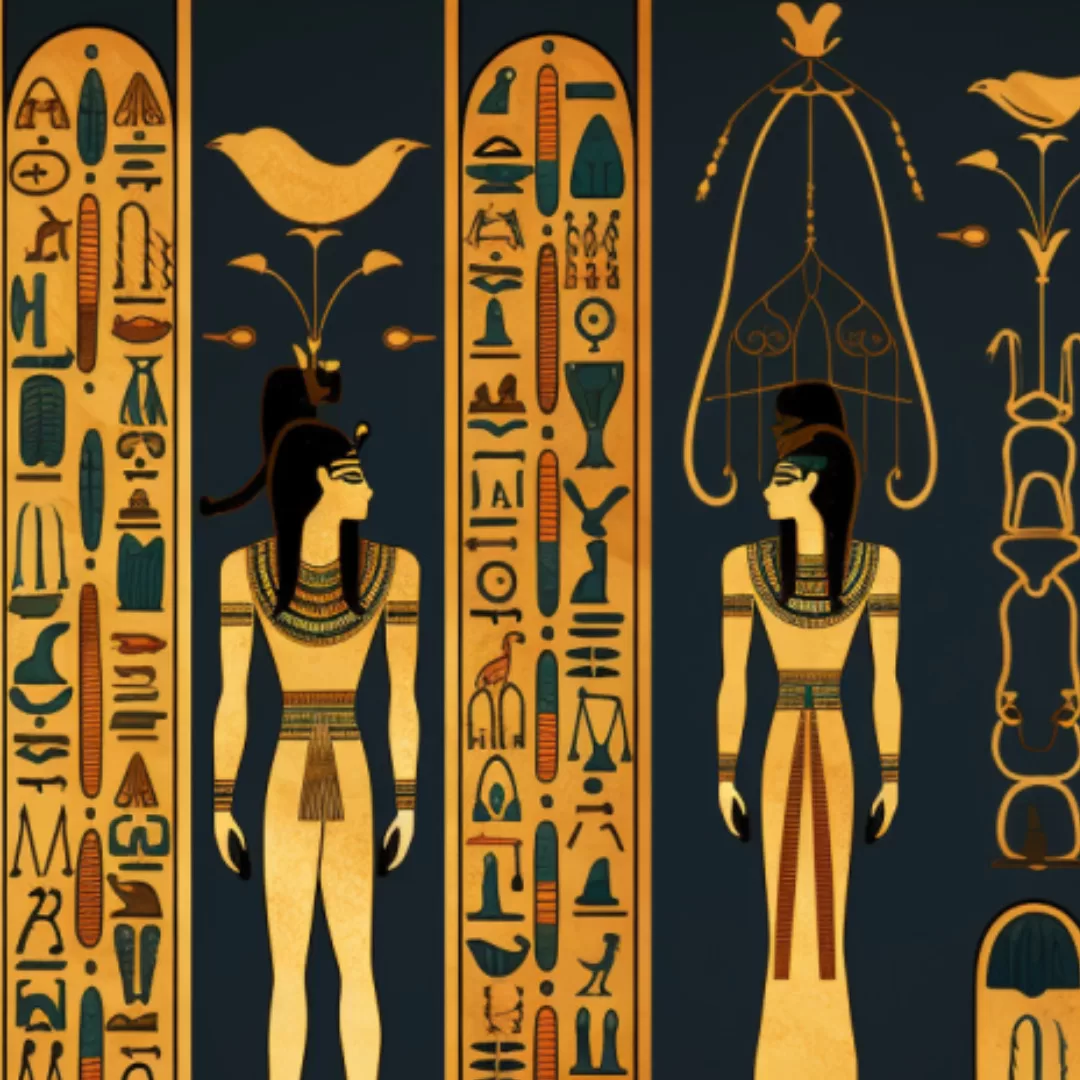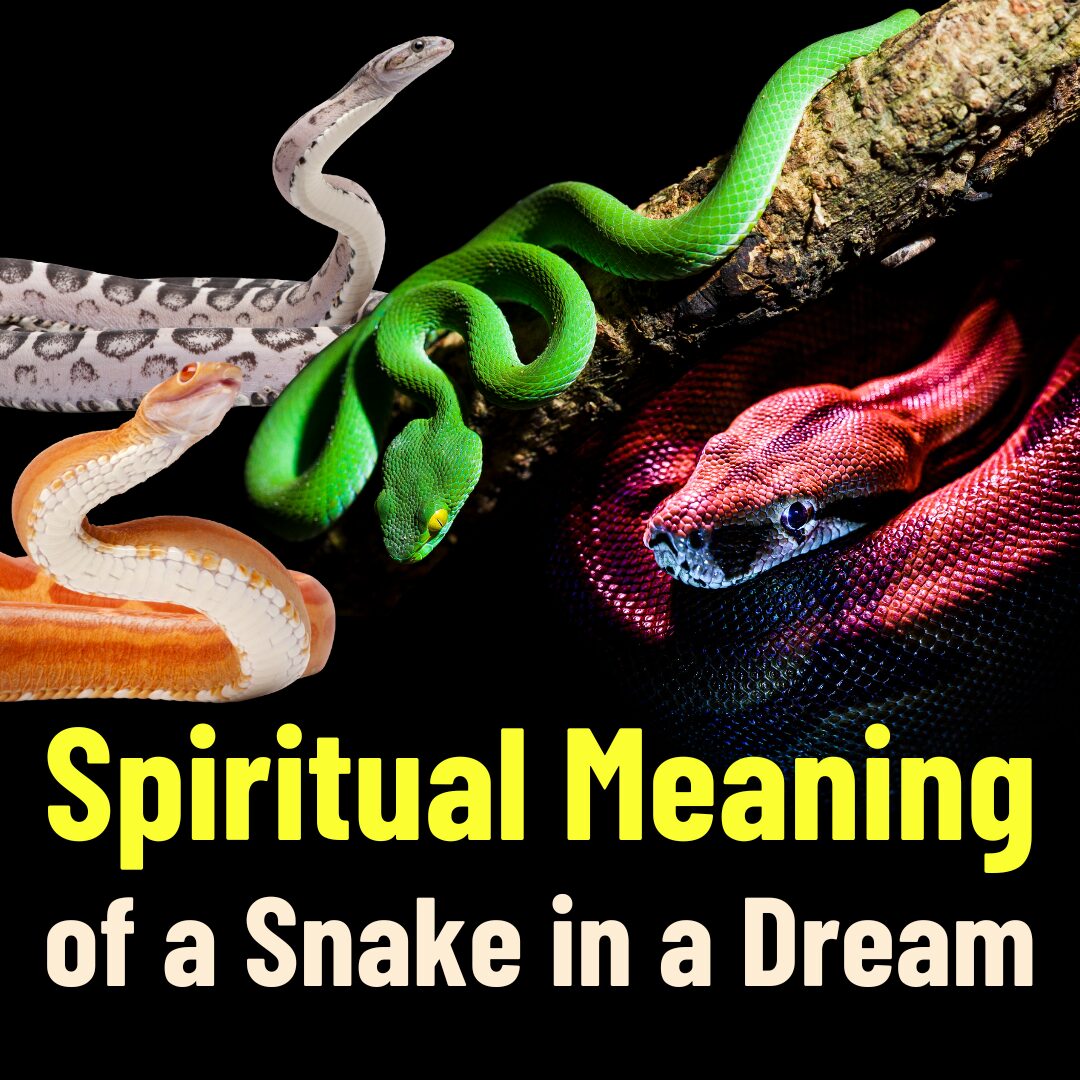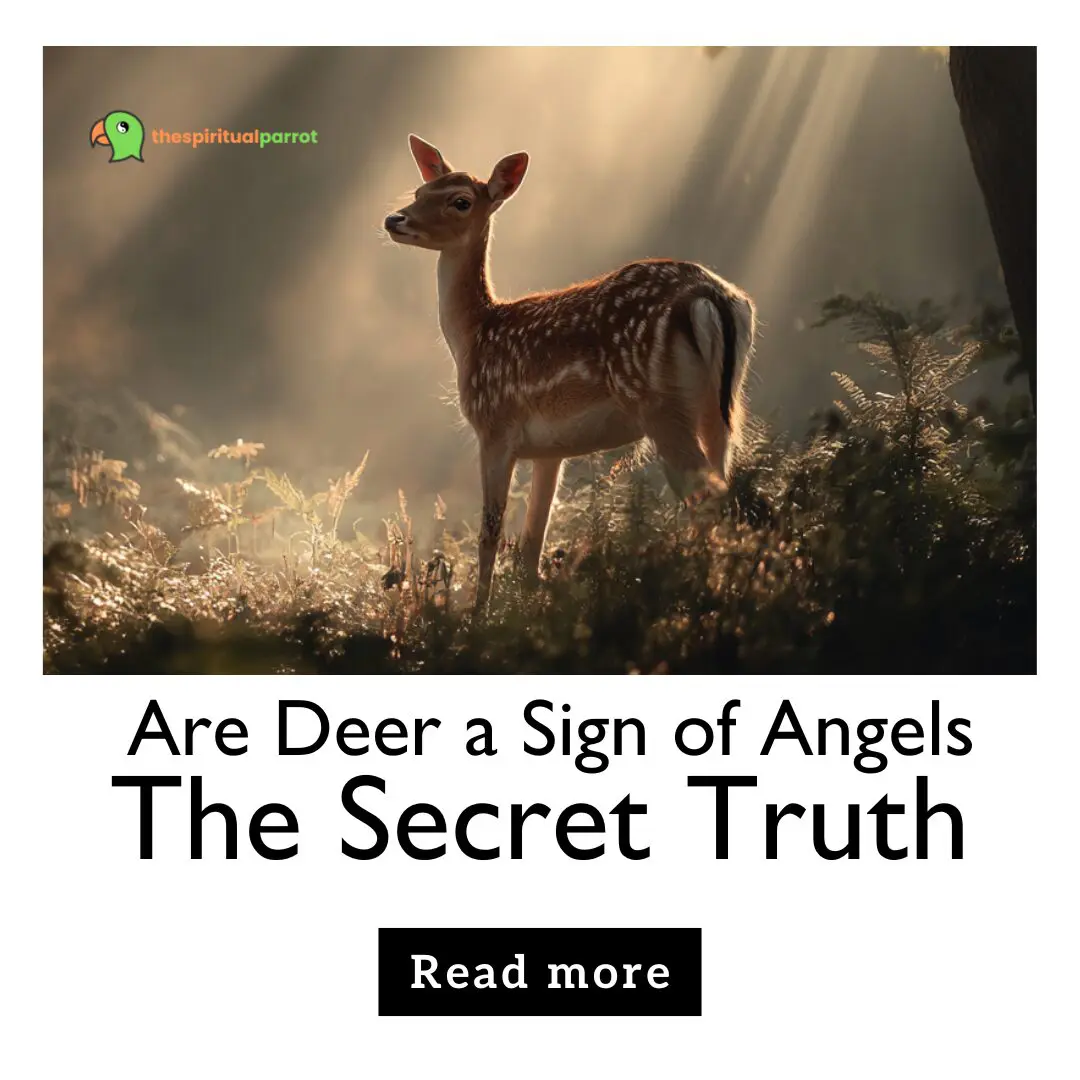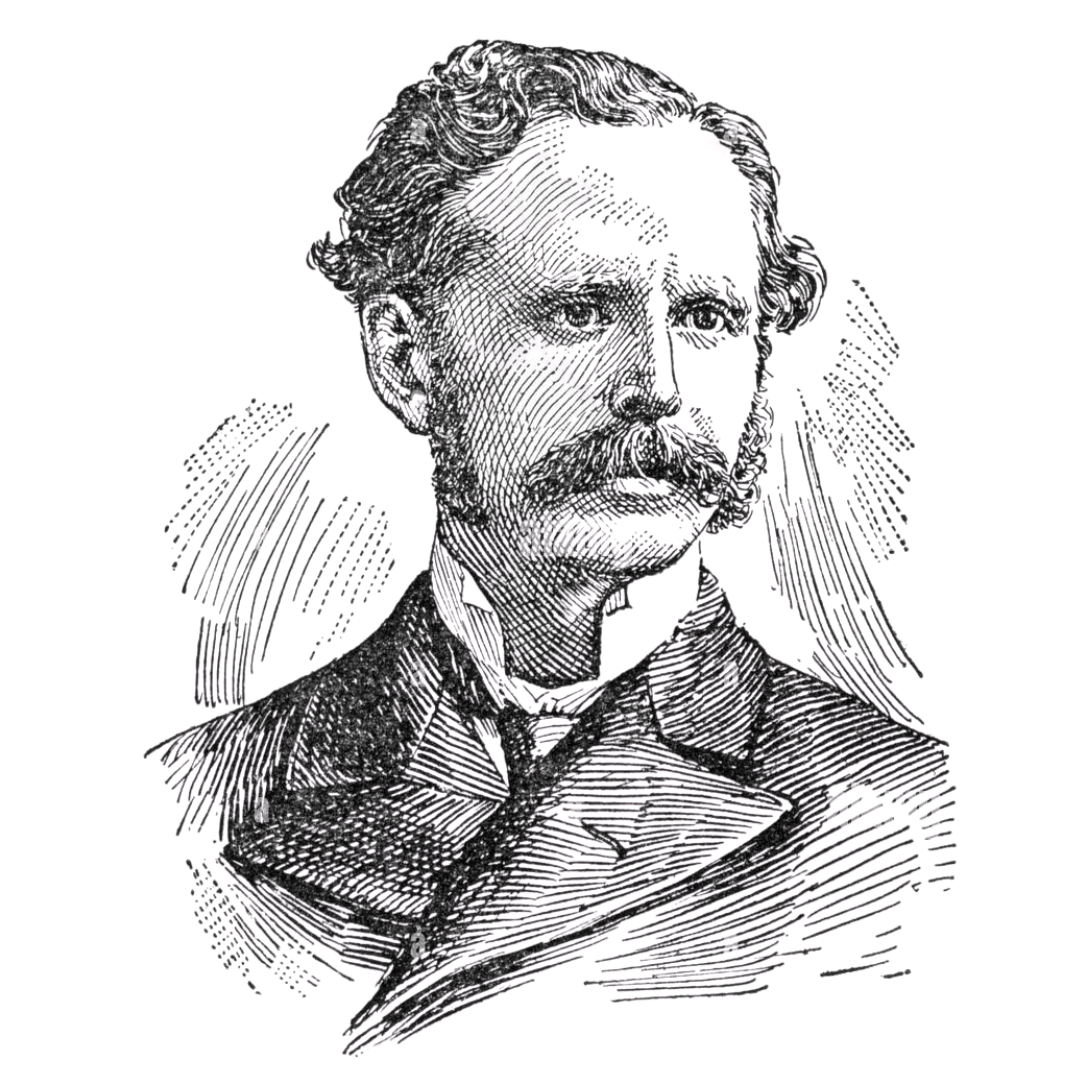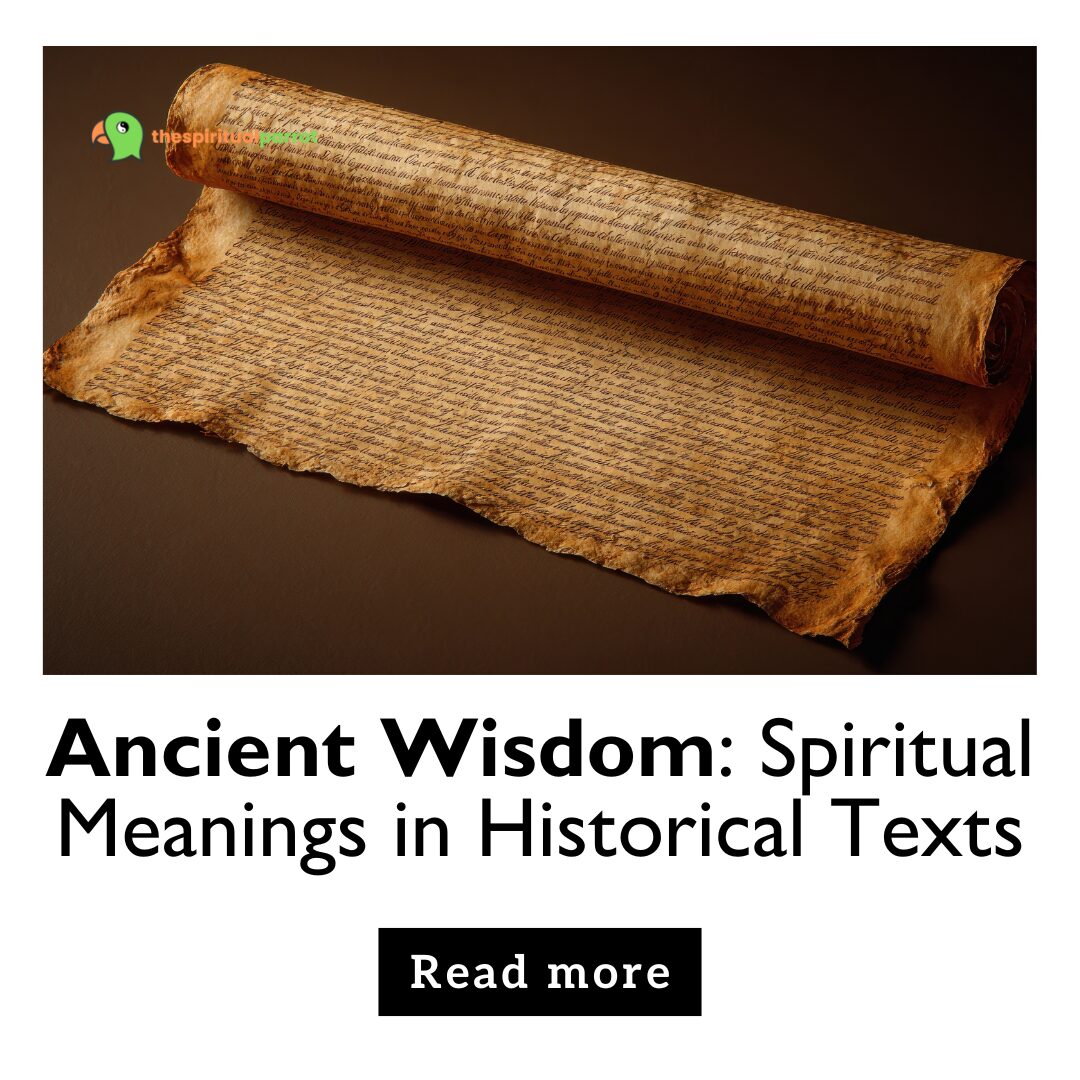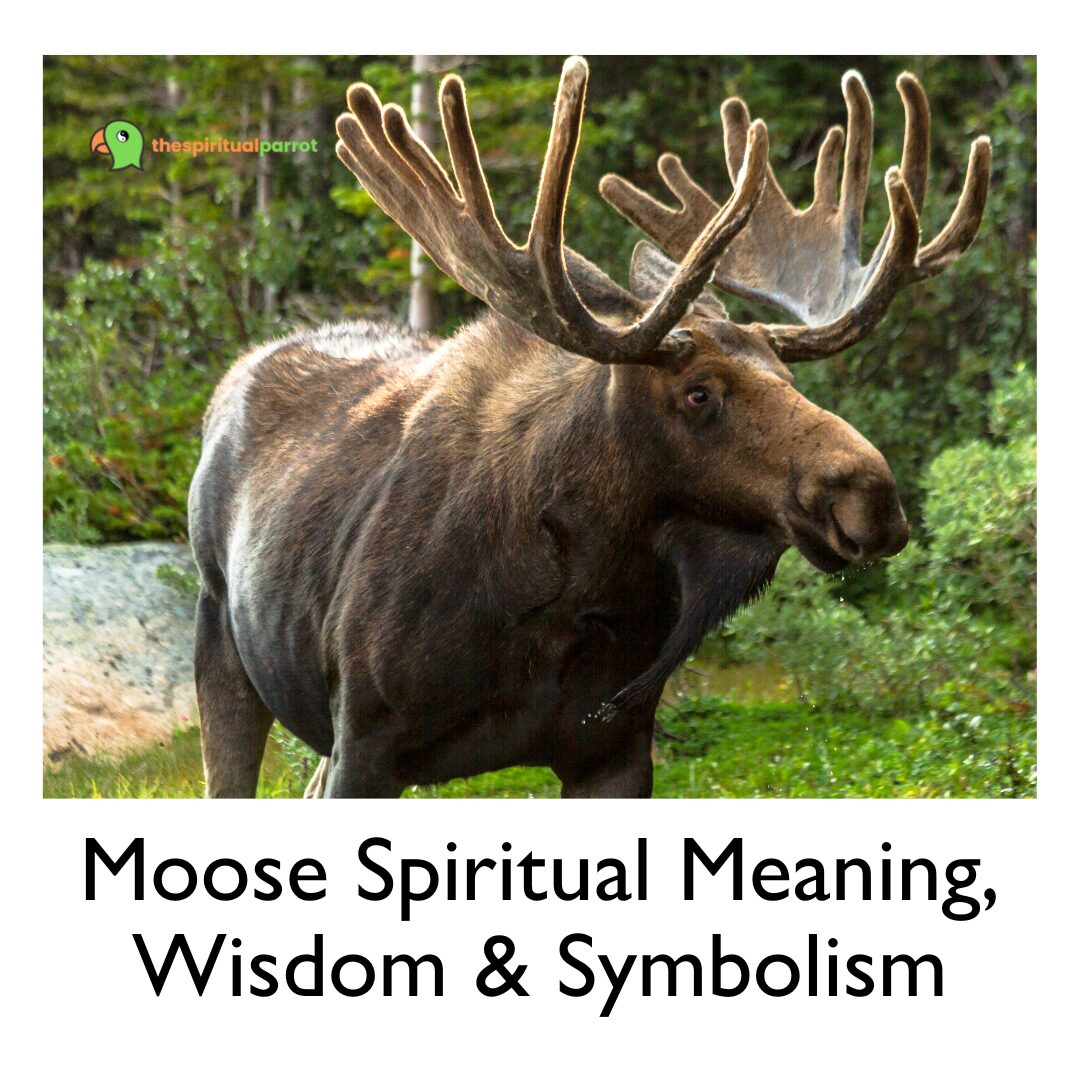Introduction
The sands of time have witnessed countless spiritual traditions, each weaving its own tapestry of beliefs, rituals, and practices. One of these is Kemetism, an ancient Egyptian spiritual path with rich gods, ceremonies, and philosophies. A living tradition in modern times, Kemetism is rooted in the fertile lands along the Nile.
Kemetism derives its name from “Kemet,” the ancient Egyptian word for Egypt, which means “The Black Land.” The black soil, deposited by the Nile floods, was central to the life and spirituality of the region. From its ancient origins to its modern resurgence, we will explore Kemetism’s depths, and discover how this age-old tradition can also offer insights and wisdom for our contemporary lives.
Historical Roots of Kemetism
The Pantheon of Egyptian Gods and Goddesses
Each deity governed a different aspect of life, nature, and the cosmos in ancient Egypt. In Kemetism, the gods and goddesses are revered with human or animal bodies, symbolizing their unique attributes and powers.
- Ra (or Re): The sun god, Ra, was among the most revered in the Egyptian pantheon. Every morning, he was believed to be reborn and would sail across the sky in his solar boat, bringing light and life to the world.
- Isis: Often depicted with outstretched wings, Isis was the goddess of magic, motherhood, and healing. She played a pivotal role in the Osiris myth, showcasing her unwavering love and determination.
- Osiris: The god of the afterlife, resurrection, and fertility, Osiris was central to the Egyptian understanding of life, death, and rebirth.
- Anubis: With the head of a jackal, Anubis was the god of mummification and the afterlife. He was responsible for weighing the hearts of the deceased against the feather of Ma’at to determine their fate in the afterlife.
Major Rituals, Ceremonies, and Practices
The spiritual life of ancient Egyptians was deeply intertwined with rituals and ceremonies, which were believed to maintain Ma’at – the cosmic order and balance.
- Festivals: Events like the “Feast of Opet” and the “Beautiful Festival of the Valley” were grand celebrations dedicated to the gods, involving processions, music, and feasting.
- Temple Rituals: Temples were the epicenters of religious activity. Priests performed daily rituals, offering food, incense, and prayers to the deities, ensuring their favor and blessings.
- Funerary Practices: The process of mummification, the construction of tombs, and the use of the “Book of the Dead” were all integral to ensuring a safe passage to the afterlife.
The Role of Pharaohs and Priests in Spiritual Life
In the hierarchical structure of ancient Egyptian society, the pharaoh stood at the pinnacle, often considered a god incarnate. They played a dual role – as a political leader and as a spiritual intermediary between the gods and the people. Priests, on the other hand, were the custodians of religious knowledge. They oversaw temple rituals, interpreted divine will, and ensured the continuation of religious traditions.

Core Beliefs and Principles
The Concept of Ma’at (Order, Balance, and Justice)
Central to Kemetism is the concept of Ma’at, often represented as a goddess with an ostrich feather atop her head. Ma’at embodies the principles of truth, balance, order, harmony, law, morality, and justice. For the ancient Egyptians, maintaining Ma’at was essential not just for the individual, but for society and the cosmos at large.
- Personal Ma’at: On an individual level, adhering to Ma’at meant leading a life of integrity, honesty, and righteousness. In the afterlife, the heart weighed against the feather of Ma’at determines one’s worthiness.
- Cosmic Ma’at: On a universal scale, Ma’at represented the balance and order of the cosmos. The gods, especially Ra, played a pivotal role in upholding this cosmic balance against the forces of chaos.
The Afterlife and the Journey of the Soul
The ancient Egyptians held a profound belief in the afterlife, viewing death not as an end but as a transition to another realm.
- Duat: The realm of the afterlife, known as Duat, was a place of trials, challenges, and also eventual rebirth. The soul’s journey through Duat was guided by the “Book of the Dead,” a collection of spells and rituals.
- Rebirth: After successfully navigating Duat and passing judgment as worthy, the soul would reunite with its body and also enter the Field of Reeds, a paradise that resembles the earthly Nile Delta, where it would live eternally.
The Importance of Nature and the Nile
Nature, especially the Nile River, held immense spiritual significance in Kemetism.
- The Nile: The annual inundation of the Nile, which brought fertility to the land, was seen as a divine blessing. The river was not just a source of sustenance but also a symbol of the cycles of life, death, and rebirth.
- Sacred Animals: People revered various animals, such as the ibis, cat, and crocodile, for their unique qualities and often associated them with specific gods. They considered these animals as manifestations of divine energy on Earth.
Kemetism, with its intricate beliefs and principles, offers a holistic view of life, intertwining the individual’s journey with the rhythms of nature and the cosmos. As we delve further, we will explore how modern seekers have revived and adapted this ancient path.
Kemetism in the Modern World
The Revival of Kemetism in Contemporary Spirituality
While the grand temples and pyramids of ancient Egypt might belong to a bygone era, the spiritual essence of Kemetism is very much alive today. Over the past few decades, there has been a resurgence of interest in ancient Egyptian spirituality, driven by:
- Cultural Revival: Many people of African descent have turned to Kemetism as a way of reconnecting with their ancestral roots and heritage.
- Universal Appeal: The timeless wisdom and holistic worldview of Kemetism resonate with individuals from diverse backgrounds, seeking a deeper understanding of life and also the cosmos.
Modern Practices and Communities
Today’s Kemetic practitioners have adapted ancient rituals and beliefs to fit contemporary lifestyles while preserving the core essence:
- Temples and Shrines: While grand temples are rare, many practitioners set up personal shrines at home, dedicated to specific deities or ancestors.
- Online Communities: The digital age has facilitated the growth of online Kemetic communities, where members share knowledge and experiences, and also organize virtual rituals.
- Workshops and Retreats: For those seeking immersive experiences, there are workshops and retreats that offer teachings, rituals, and community bonding centered around Kemetism.
The Intersection of Kemetism with Other Spiritual Paths
Kemetism, with its rich tapestry of beliefs, often finds common ground with other spiritual traditions:
- Hermeticism: Rooted in the teachings attributed to Hermes Trismegistus, Hermeticism shares many philosophical overlaps with Kemetism, especially concerning cosmology and the nature of the divine.
- Neopaganism: Many modern pagans incorporate elements of Kemetism into their practices, drawn to its pantheon and nature-centric worldview.
- Yoga and Meditation: The focus on balance, harmony, and inner exploration in Kemetism aligns well with the principles of yoga and meditation, leading to integrated practices.
The enduring legacy of Kemetism is a testament to its profound wisdom and universal appeal. Our journey continues as we explore its symbols, sacred texts, and also a quest for enlightenment.
The Symbolism and Mysticism of Kemetism
The Significance of Hieroglyphs and Sacred Texts
Hieroglyphs, the sacred script of ancient Egypt, was more than just a means of communication; they were imbued with spiritual significance and power.
- Hieroglyphs as Sacred Symbols: People believed that each hieroglyph harnessed the essence of what it represented. For instance, they often used the “Ankh” symbol, representing life, in rituals to invoke vitality and longevity.
- Sacred Texts: Works like the “Pyramid Texts,” “Coffin Texts,” and the “Book of the Dead” provided guidance for the living and the deceased, outlining rituals, spells, and the path to the afterlife.

The Power of Amulets, Talismans, and Sacred Objects
Objects imbued with spiritual significance played a crucial role in Kemetism:
- Amulets: Amulets like the “Eye of Horus” or the “Scarab” were believed to carry the blessings of the gods as they were worn for protection, luck, or health.
- Talismans: These objects carried specific intentions, often used in rituals or by individuals to manifest certain desires or protections.
- Sacred Objects in Rituals: Items like the “sistrum” (a musical instrument) or the “was-scepter” (symbolizing power) were integral to various ceremonies, also helping to channel divine energies.
Mystical Experiences and the Quest for Enlightenment
Kemetism, at its core, is a path of inner exploration and transformation:
- Dreams and Visions: Dreams were seen as messages from the gods or the deceased, providing guidance, warnings, or insights into the mysteries of existence.
- Meditation and Trance: Through specific rituals and practices, practitioners could enter altered states of consciousness, connecting with the divine or receiving revelations.
- The Ultimate Goal: Similarly to other spiritual paths, Kemetism aims for enlightenment or to “become one with the divine.” In Kemetism, this was often symbolized by the soul merging with the sun god Ra.
Practical Guide to Embracing Kemetism
Steps to Start Your Journey into Kemetism
- Education and Research: Begin with reading foundational texts on ancient Egyptian spirituality and Kemetism. Books, documentaries, and online courses can also offer a solid grounding.
- Connect with a Community: Whether online or in-person, connecting with a Kemetic community can provide support, guidance, and shared experiences.
- Personal Reflection: Contemplate what aspects of Kemetism resonate most with you. Is it the pantheon of gods, the rituals, the philosophy, or the mysticism?
- Dedication Ritual: Consider performing a simple ritual to dedicate yourself to this path. This could involve lighting a candle, offering incense, and also reciting a prayer or intention.
Recommended Readings and Resources
- “The Complete Gods and Goddesses of Ancient Egypt” by Richard H. Wilkinson
- “Egyptian Mythology: A Guide to the Gods, Goddesses, and Traditions of Ancient Egypt” by Geraldine Pinch
- Online Forums: Websites like the Kemetic Orthodoxy or the House of Netjer offer forums, resources, and community support.
Building a Personal Altar and Daily Rituals
- Choosing a Space: Find a quiet corner in your home where you can set up a personal altar. This space should be free from disturbances and further hold a sense of sanctity.
- Altar Essentials: Incorporate items like candles, incense, statues or images of deities, an Ankh symbol, and also perhaps even a small bowl for offerings.
- Daily Practices: Establish a daily routine of lighting the altar, offering prayers, and also perhaps reading a passage from a sacred text. Over time, you can expand your practices to include meditation, chanting, or other rituals.
The journey of Kemetism involves integrating the rhythms of the cosmos with the wisdom of the ancients. Kemetism’s teachings are not about rigid adherence to old ways, but about finding resonance, meaning, and spiritual growth.
Conclusion
Egypt’s majestic pyramids, enigmatic hieroglyphs, and deities have captivated the human imagination for millennia. But beyond the grandeur and mystery lies a spiritual tradition that speaks to the very core of human existence. As a result of Kemetism’s roots in Nile-based fertile lands, one’s journey is woven into nature and the cosmos.
In today’s fast-paced, technology-driven world, many are seeking paths that offer depth, meaning, and also a connection to something greater. Kemetism, with its emphasis on balance, harmony, and the quest for enlightenment, provides a sanctuary for the soul. Even in the 21st century, the tradition continues to resonate with people from all walks of life.
For those drawn to this ancient path, the journey is not just about uncovering the secrets of the past. However, it is about understanding the cycles of life and death and striving for Ma’at in everything we do.
The ancient Egyptian sage Ptahhotep said, “The more knowledge is gained, the deeper the peace.” Therefore may your journey into Kemetism deepen your knowledge. Enrich your spirit, and also bring you ever closer to the eternal truths of existence.
